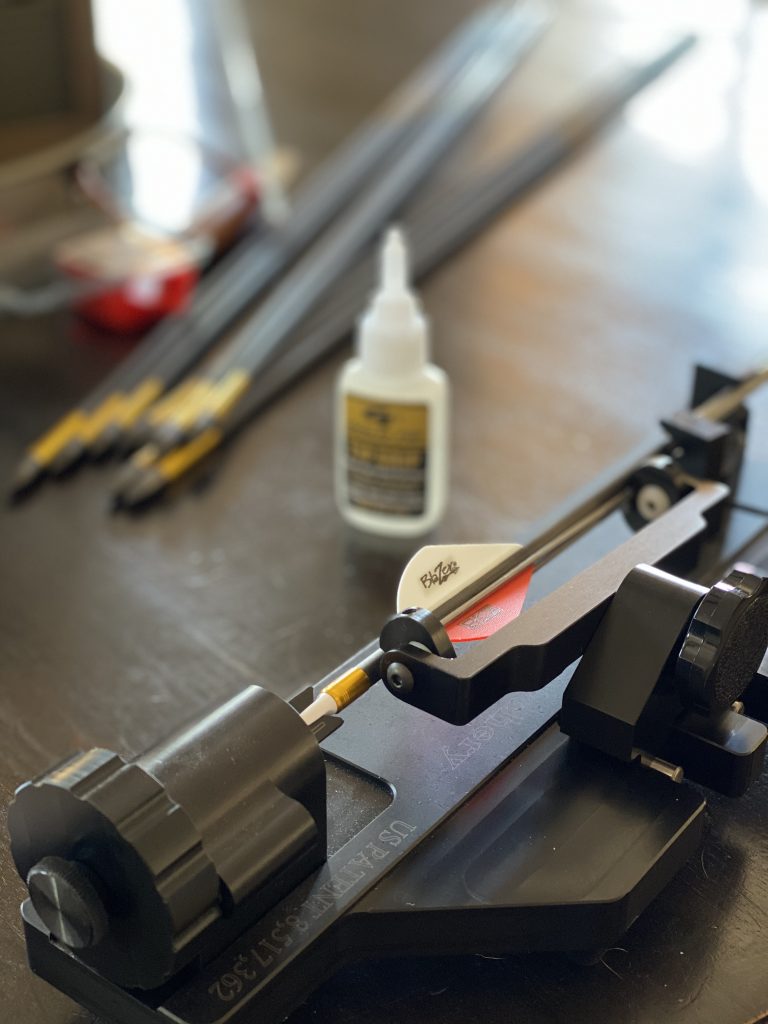Smenning
Lil-Rokslider
- Joined
- Jan 19, 2016
- Messages
- 247
This week I’ve been talking though with a buddy and several of my clients about arrow and broadhead set ups. It’s seems like across the board everyone is ok using mechanicals on whitetails but not on elk. For elk you need a “heavy weight, single bevel, fixed two blade set up to punch through that impenetrable scapula”. I’m reminded by the .223 thread and how whitetail and elk just aren’t that different, and how much like the common misconception in rifle hunting leads people to big magnums and copper bullets instead of smaller, lighter recoil in more accurate cartridges with match bullets? Is this not the same as using and larger cutting area, more accurate, easier to tune mechanical? I’m not an expert, nor do I have the reps to have seen first hand. I’ve killed several elk with rifles and only one with my bow (fixed blade). This topic has me doing some mental gymnastics trying to decide on what’s best. Maybe @Formidilosus @Ryan Avery @PNWGATOR can weigh in as I believe they have all bow hunted but also subscribe to the stats on the rifle side.


